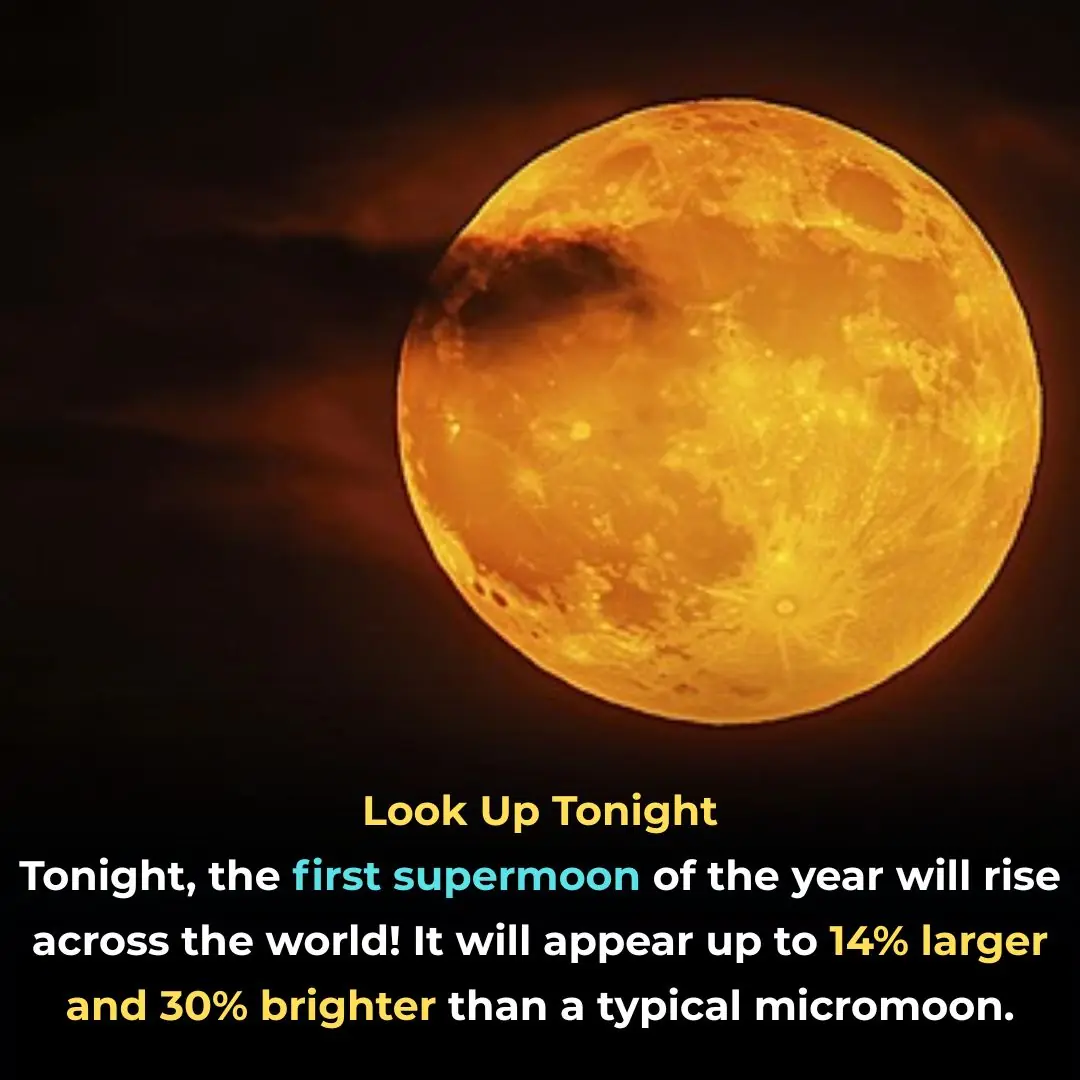
How the sandstone pillars of Monument Valley were actually formed
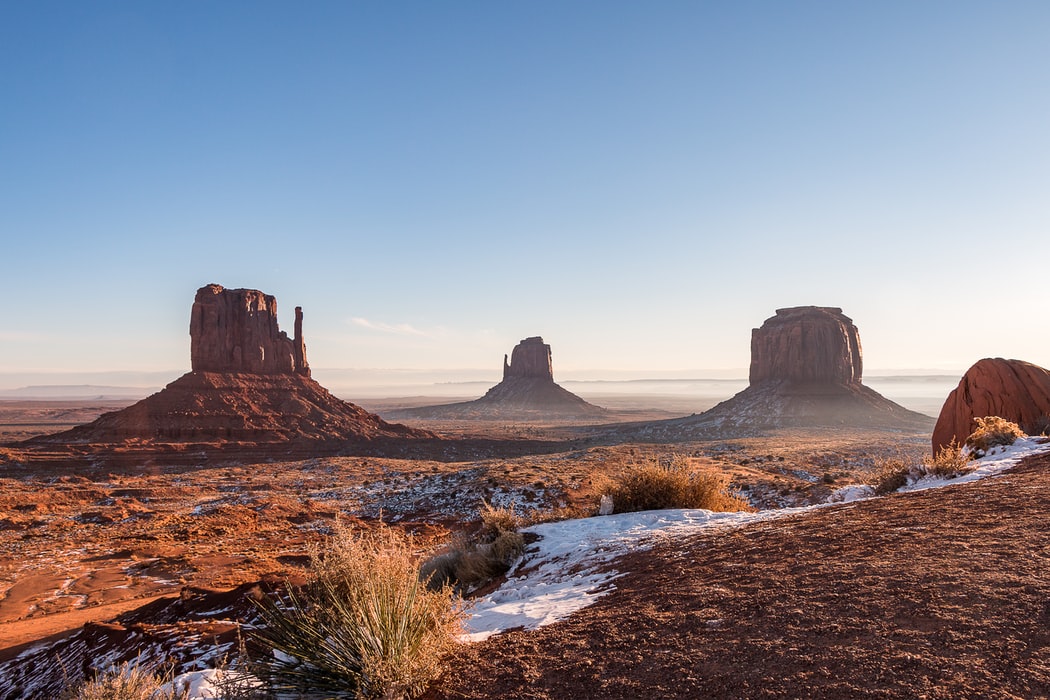
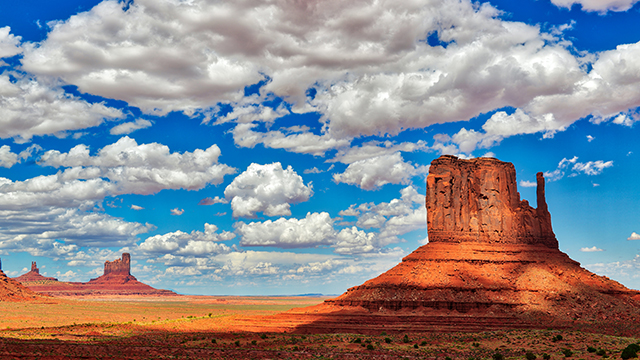
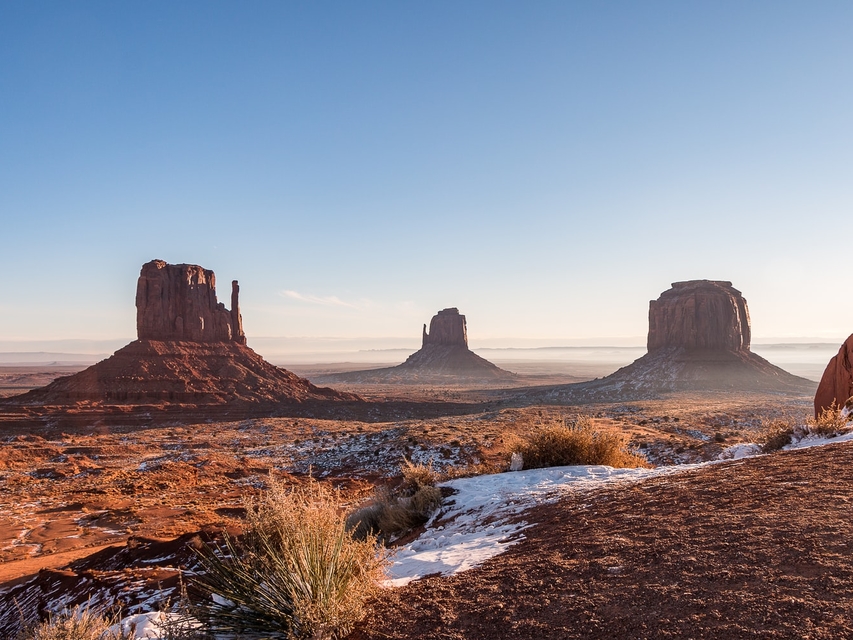
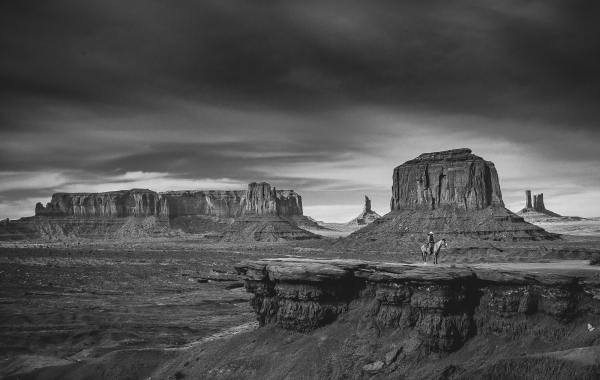
Towering an impressive 1,000 feet above the desert floor and standing for millions of years, Monument Valley’s iconic red sandstone pillars are among America’s most breathtaking natural wonders. According to Navajo legend, these towering formations are said to be the petrified remains of defeated monsters, giving the landscape a mystical and almost otherworldly significance.
These majestic sandstone formations, known as West Mitten Butte, East Mitten Butte, and Merrick Butte, are world-famous landmarks deeply embedded in popular culture. They have become synonymous with the mythic imagery of America’s “Wild West,” frequently appearing in films, television shows, and photographs. Join us as we explore how these striking rock formations were formed and why they continue to capture the imagination of people worldwide.
What Are the Rock Formations in Monument Valley Called?
The towering red sandstone pillars of Monument Valley are classified as buttes. Buttes are isolated hills characterized by steep, nearly vertical sides and a relatively small, flat summit that rises dramatically above the surrounding desert floor. These formations often stand hundreds of feet tall, creating a striking contrast with the vast, flat terrain below.
What Type of Landform Is Monument Valley?
Buttes like those found in Monument Valley were originally part of larger flat-topped landforms known as mesas or plateaus. The distinction between a butte and a mesa primarily lies in size: while mesas are broad and expansive, buttes are narrower and taller, usually taller than they are wide. Both are remnants of ancient landscapes shaped by natural forces over millions of years.
How Were Monument Valley’s Sandstone Pillars Formed?
The creation of these towering buttes is the result of a slow and relentless process of erosion, where natural elements such as wind, water, and ice gradually wear away softer rock layers. Over millions of years, streams and rainfall carved through mesas and plateaus, leaving behind these isolated pillars.
The tops of the buttes are covered by a hard, protective layer called caprock, which resists erosion more effectively than the softer sandstone beneath. As the surrounding softer rock erodes away, the caprock shields the underlying rock, allowing the buttes to stand tall and narrow. Eventually, even the caprock succumbs to weathering, breaking off and causing debris to accumulate around the base, a collection known as scree or talus.
Buttes generally form in dry, arid climates, which is why Monument Valley—located on the Arizona-Utah border—is home to some of the most famous buttes in the world. The dramatic scenery of Monument Valley has inspired countless filmmakers and photographers, appearing in iconic films such as Forrest Gump and Easy Rider, among many others.
Monument Valley: America’s Wild West Symbol
For centuries, the area we now know as Monument Valley was inhabited exclusively by Native American tribes, primarily the Navajo and Paiute peoples. It wasn’t until the early 20th century that non-Indigenous visitors began exploring the region. In the 1920s, a sheep herder named Mike Goulding established a trading post on the Utah side, just outside the Navajo reservation, becoming one of the first promoters of the area.
The 1930s brought hardship to Monument Valley. The Great Depression, combined with severe drought and government-imposed reductions on livestock, placed economic strain on the Navajo and Paiute communities who depended heavily on sheep herding. Despite these challenges, Goulding tirelessly promoted Monument Valley’s stunning landscape, believing tourism could revitalize the local economy.
Monument Valley Meets Hollywood
The turning point for Monument Valley came in 1938 when Goulding brought photographs of the valley to Hollywood. The famous director John Ford chose Monument Valley as the primary filming location for his groundbreaking Western film Stagecoach. This movie revolutionized the Western genre, elevating it from a low-budget "B movie" to a beloved Hollywood staple for the next two decades. It also launched the career of legendary actor John Wayne, cementing the valley’s image as the quintessential backdrop for the American West.
When filming wrapped in late 1938, the production company paid the Navajo locals who worked as crew and extras around $50,000—a sum that helped them survive through the winter, though it was far from enough to secure long-term prosperity. Nevertheless, as Monument Valley’s fame grew thanks to Hollywood, Goulding’s vision of tourism as a lifeline for the local communities began to take shape.
Today, the Monument Valley Navajo Tribal Park attracts around 350,000 visitors annually, offering Navajo-led tours that provide rich cultural insights alongside breathtaking views of the famous buttes.
Why Monument Valley Remains an Icon
Monument Valley’s sandstone buttes are not only geological marvels but also living symbols of the deep connection between nature, culture, and history in the American Southwest. Their towering presence continues to inspire artists, filmmakers, travelers, and storytellers alike.
If you’re ready to explore these awe-inspiring rock formations for yourself, consider visiting as part of America’s Amazing Canyon Country, featured in our exclusive Near Not Far travel series—where adventure and natural beauty await at every turn.
News in the same category

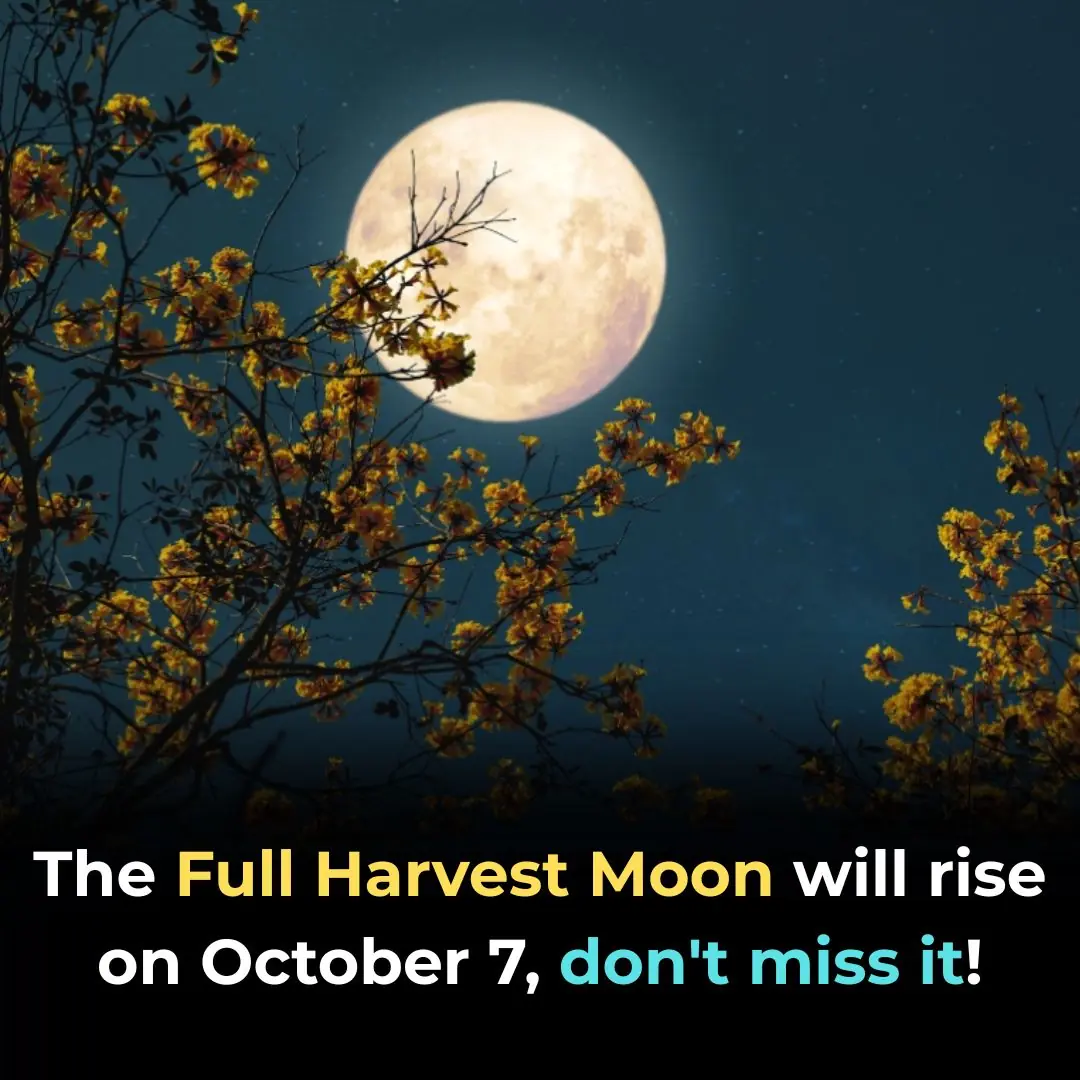
BREAKING NEWS 🚨 Due To This Hunter’s Moon Earth Will Be Completely…See More
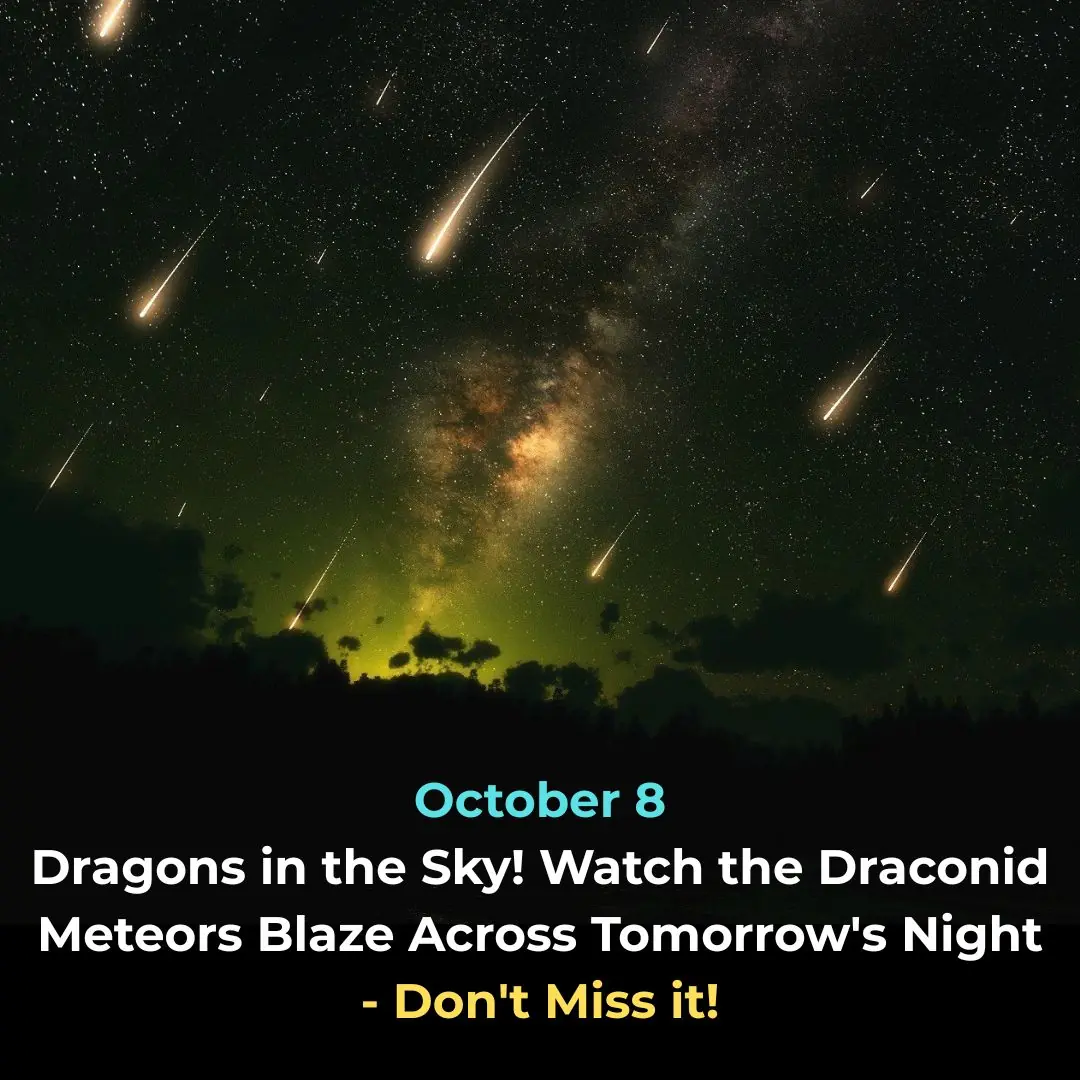
BREAKING NEWS 🚨 Due To This Draconid Meteor Shower Earth Will Be Badly Effected Because…..See More
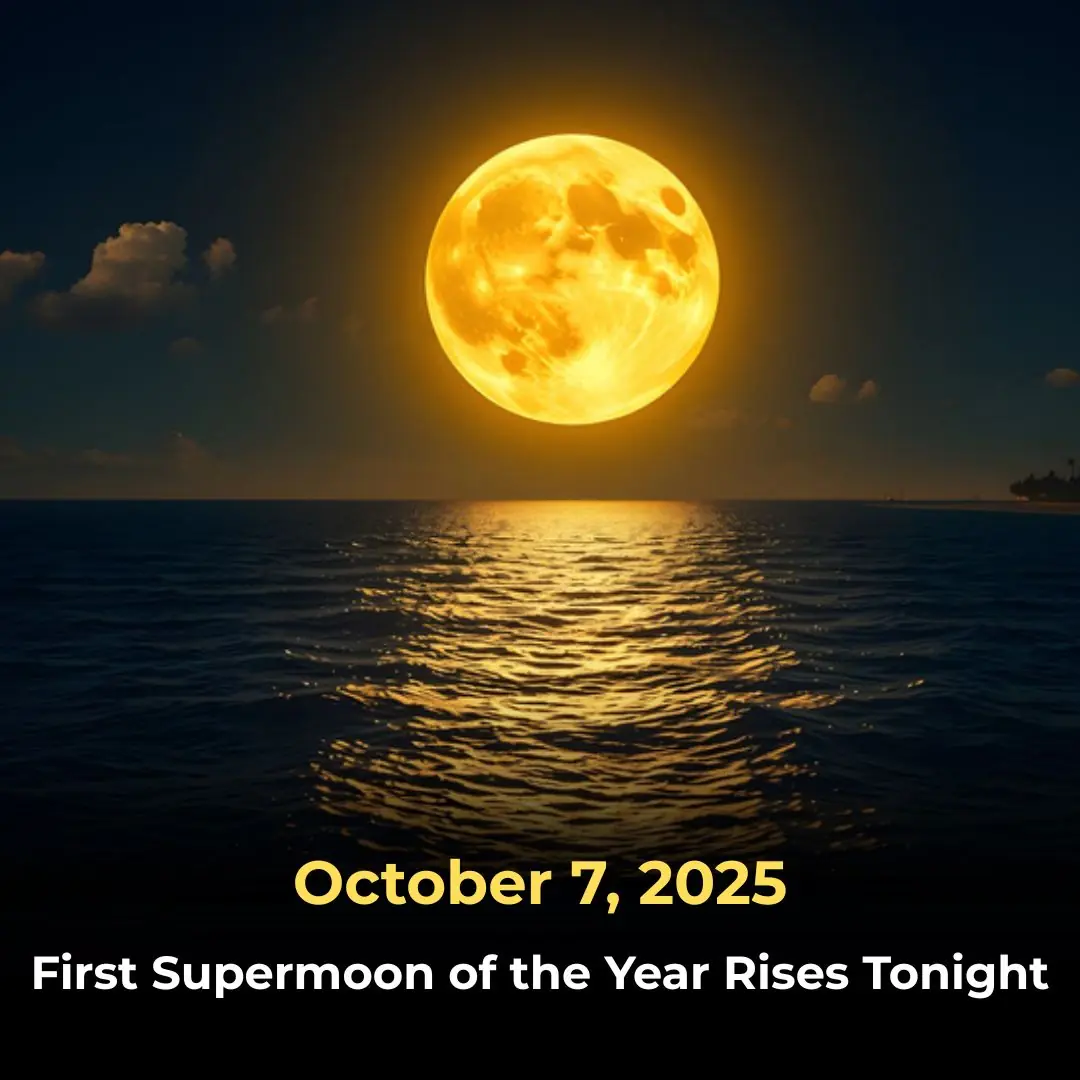
BREAKING NEWS 🚨 Due To This Hunter’s Moon Earth Will Be Completely…See More

Almost 30,000,000 Apple and Samsung users could claim part of huge £480,000,000 payout

Xbox users all say same thing following GameStop's decision to keep Xbox Gamepass at $19.99

Apple just added a new app to iPhone with iOS 26 and most people have no idea

Creators of ChatGPT reveal 44 jobs at highest risk of being taken over by AI in future

Why do many men prefer older women?

A Terrifying Visit: Traveller Walks Inside the Dangerous City of La Rinconada

Pick your wing to reveal who your guardian angel is

Little Button on Your Seat Belt
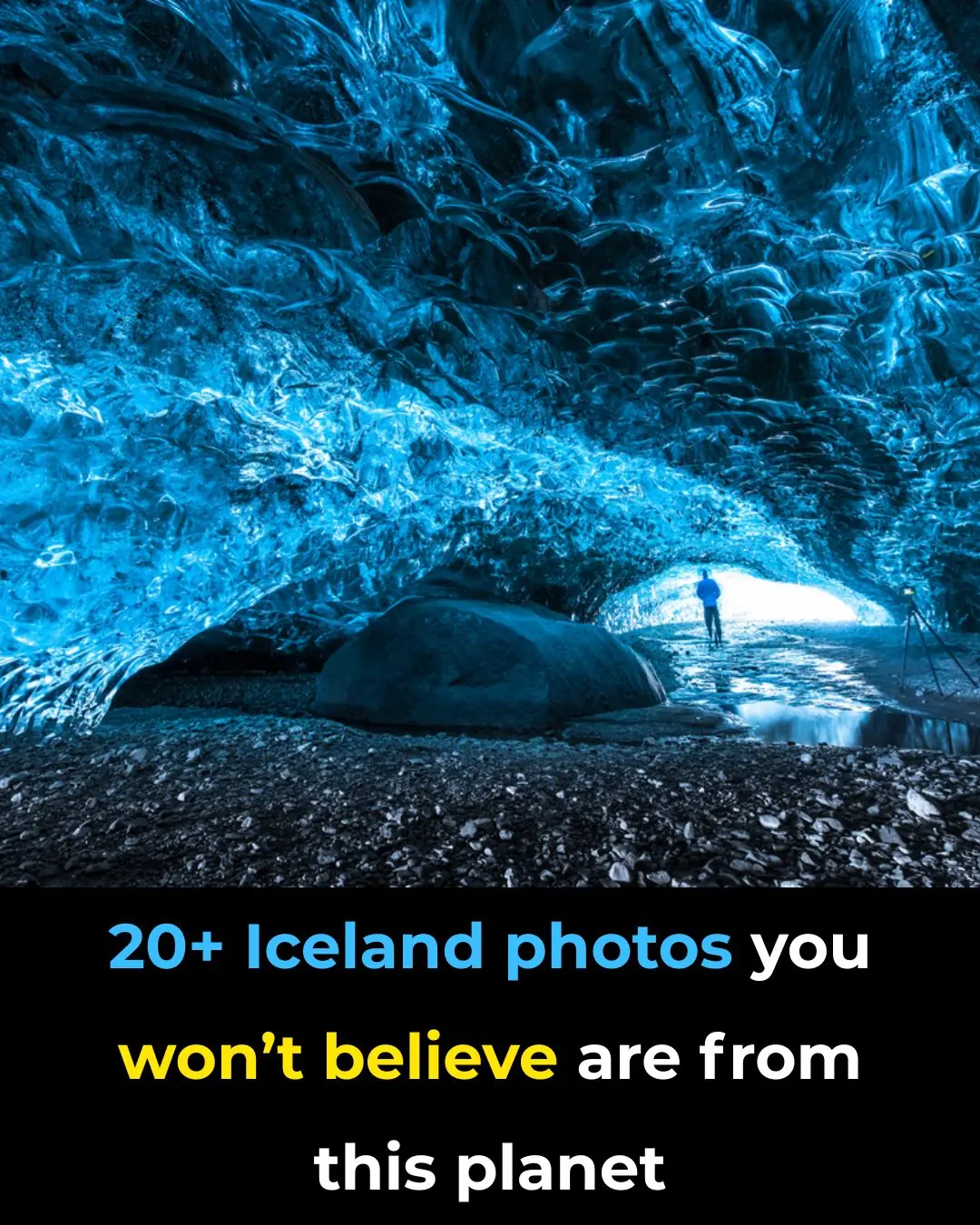
20+ Iceland Photos You Won’t Believe Are From This Planet
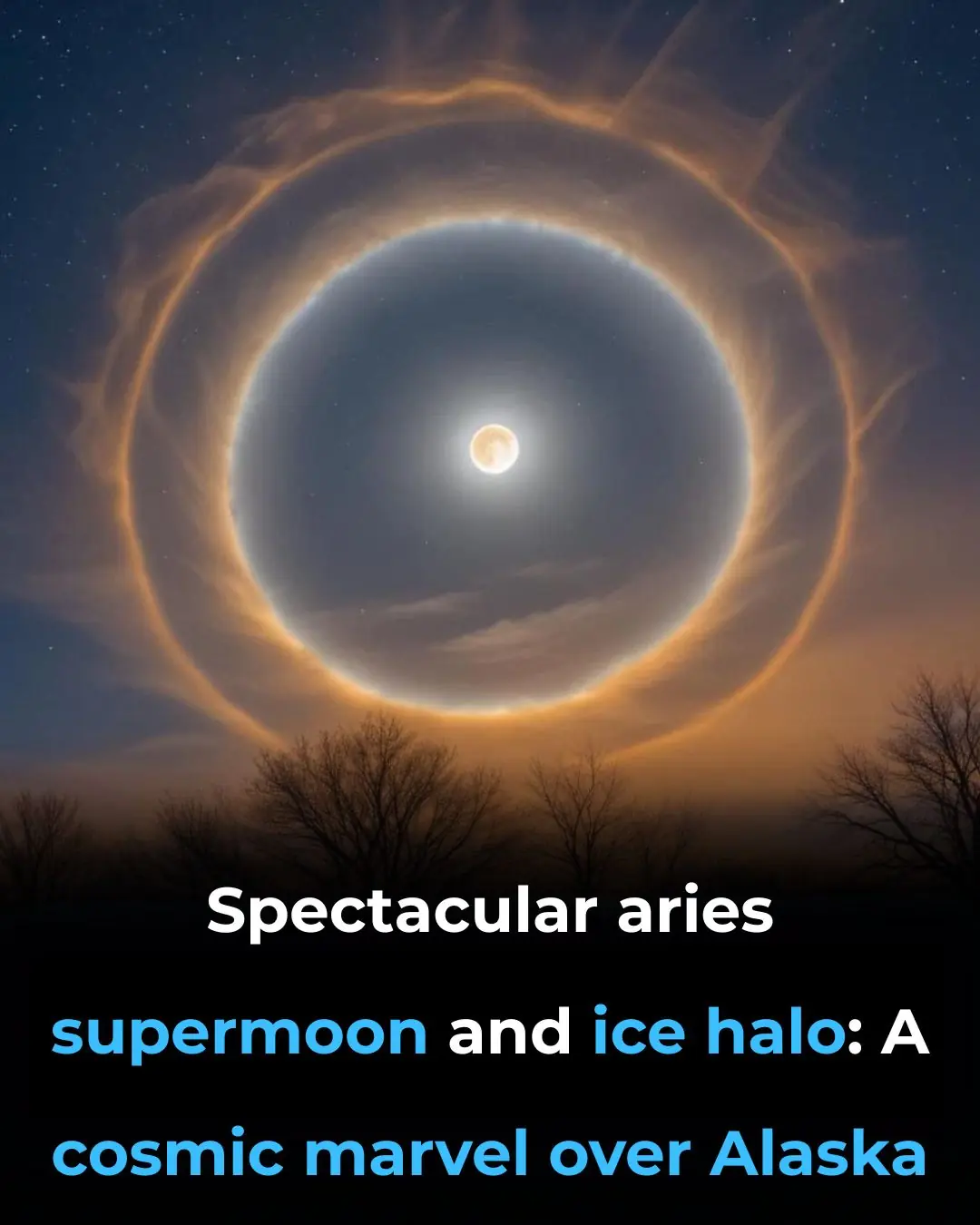
Spectacular Aries Supermoon and Ice Halo: A Cosmic Marvel Over Alaska
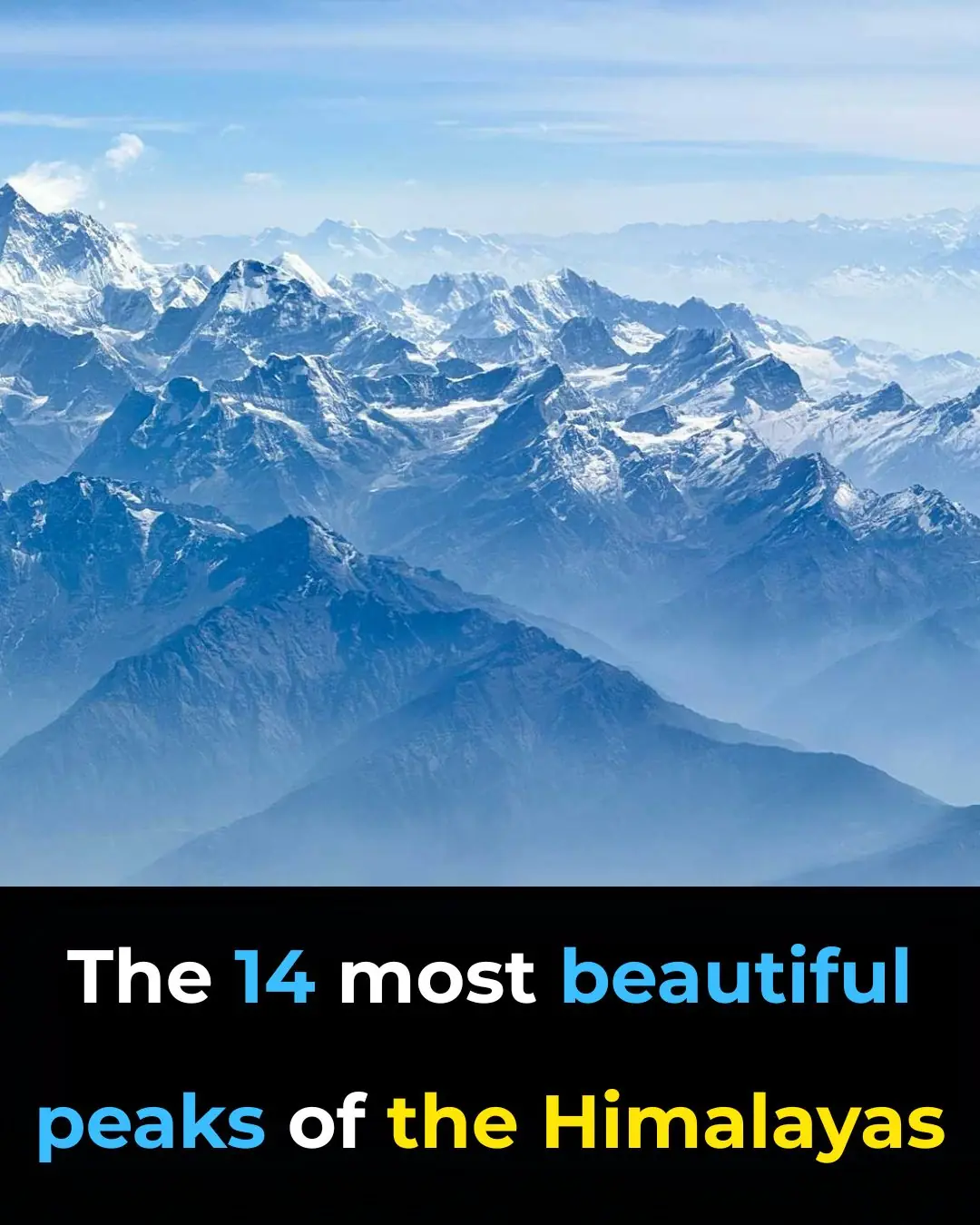
The 14 Most Beautiful Peaks of the Himalayas
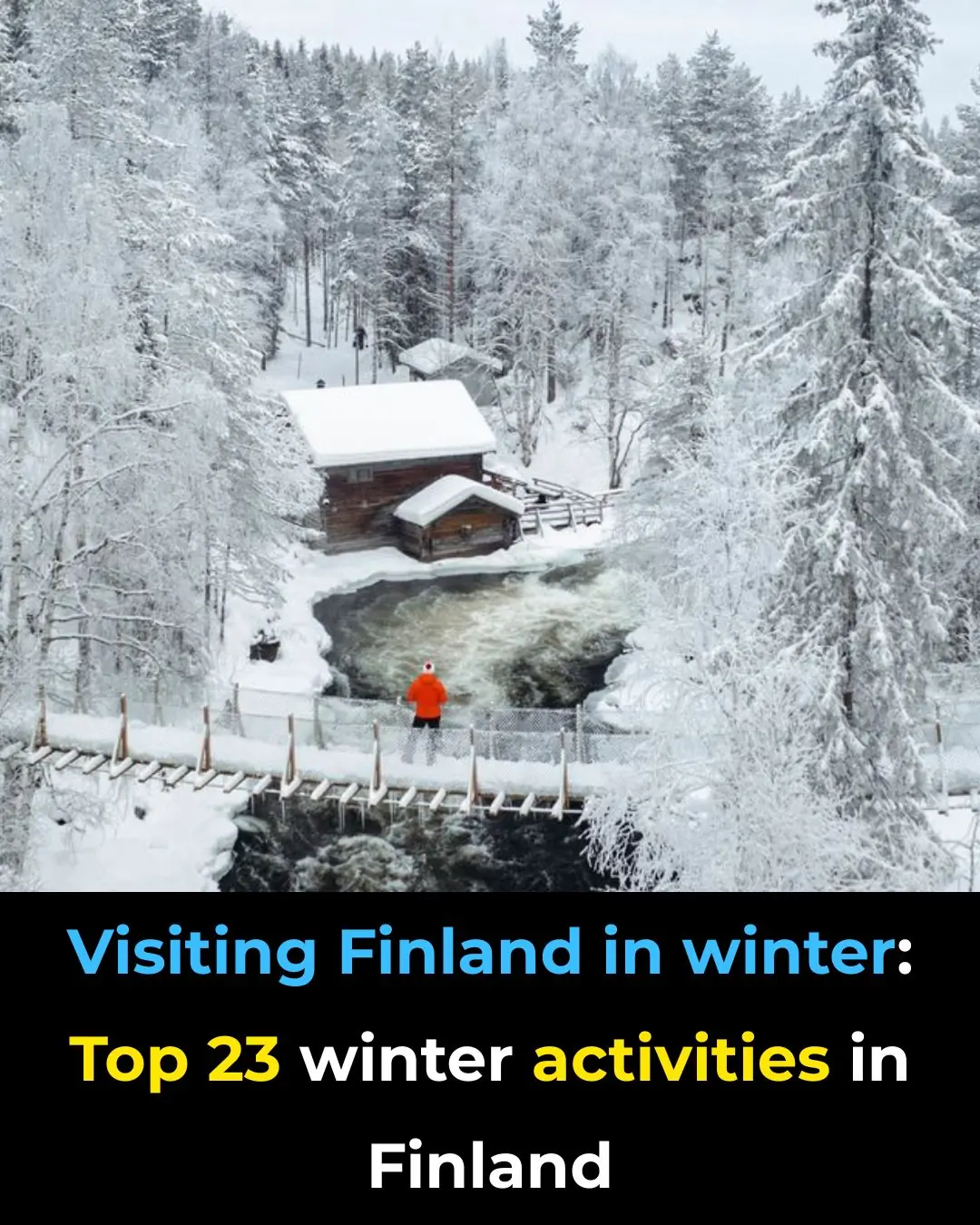
Visiting Finland in Winter: Top 23 Winter Activities in Finland
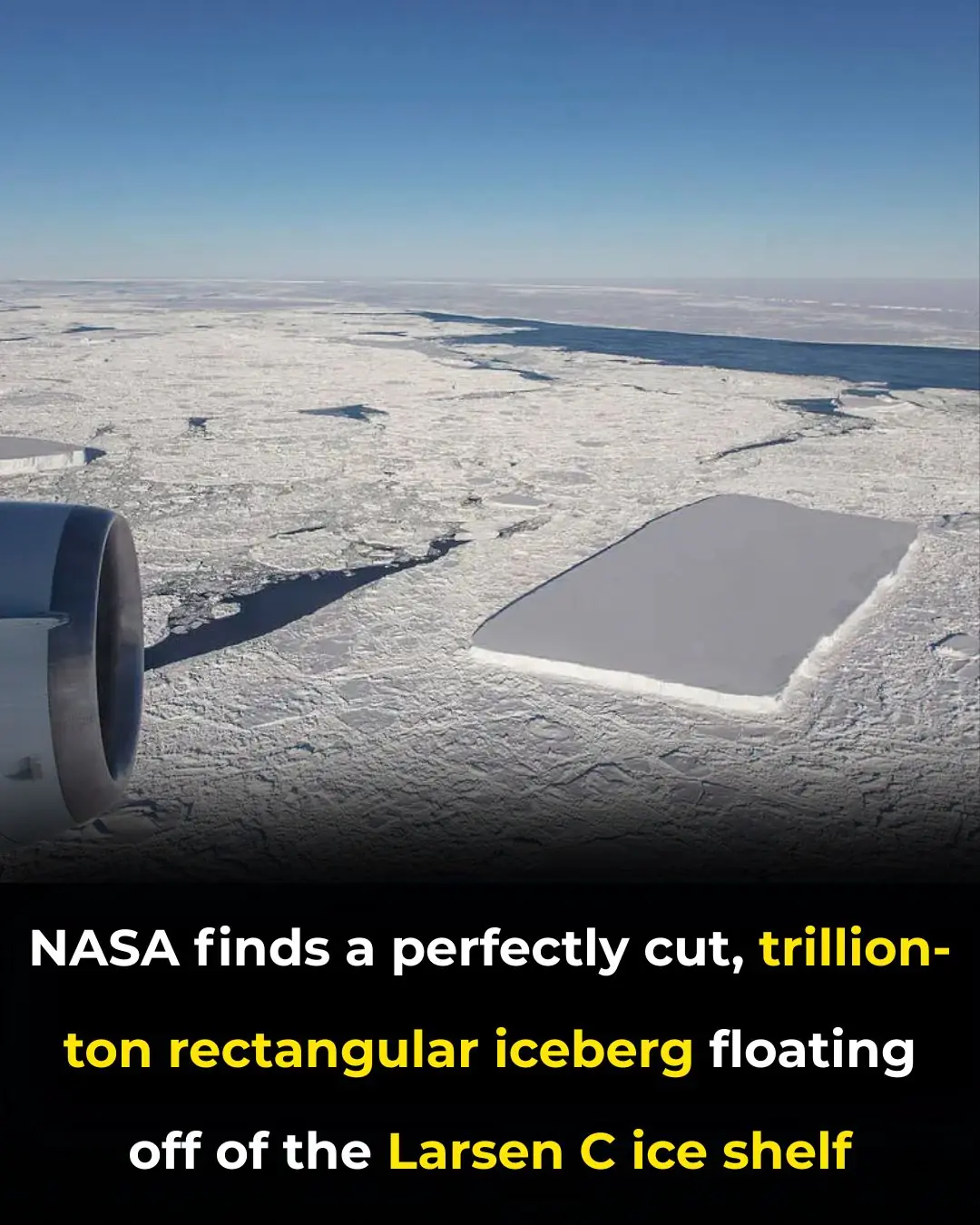
NASA Finds Perfectly Rectangular Iceberg In Antarctica As If It Was Deliberately Cut
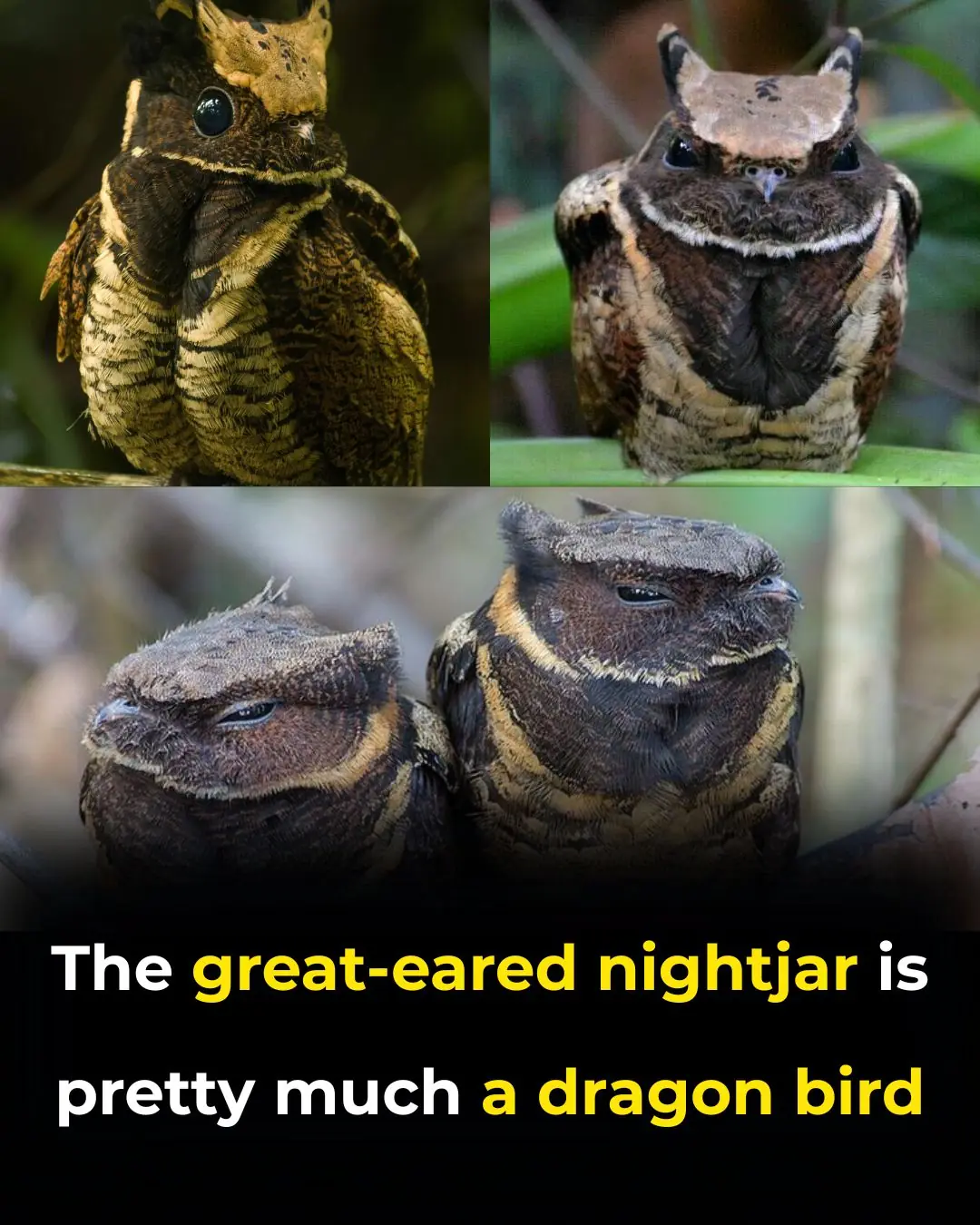
This Bird Looks Like A Fluffy Little Dragon
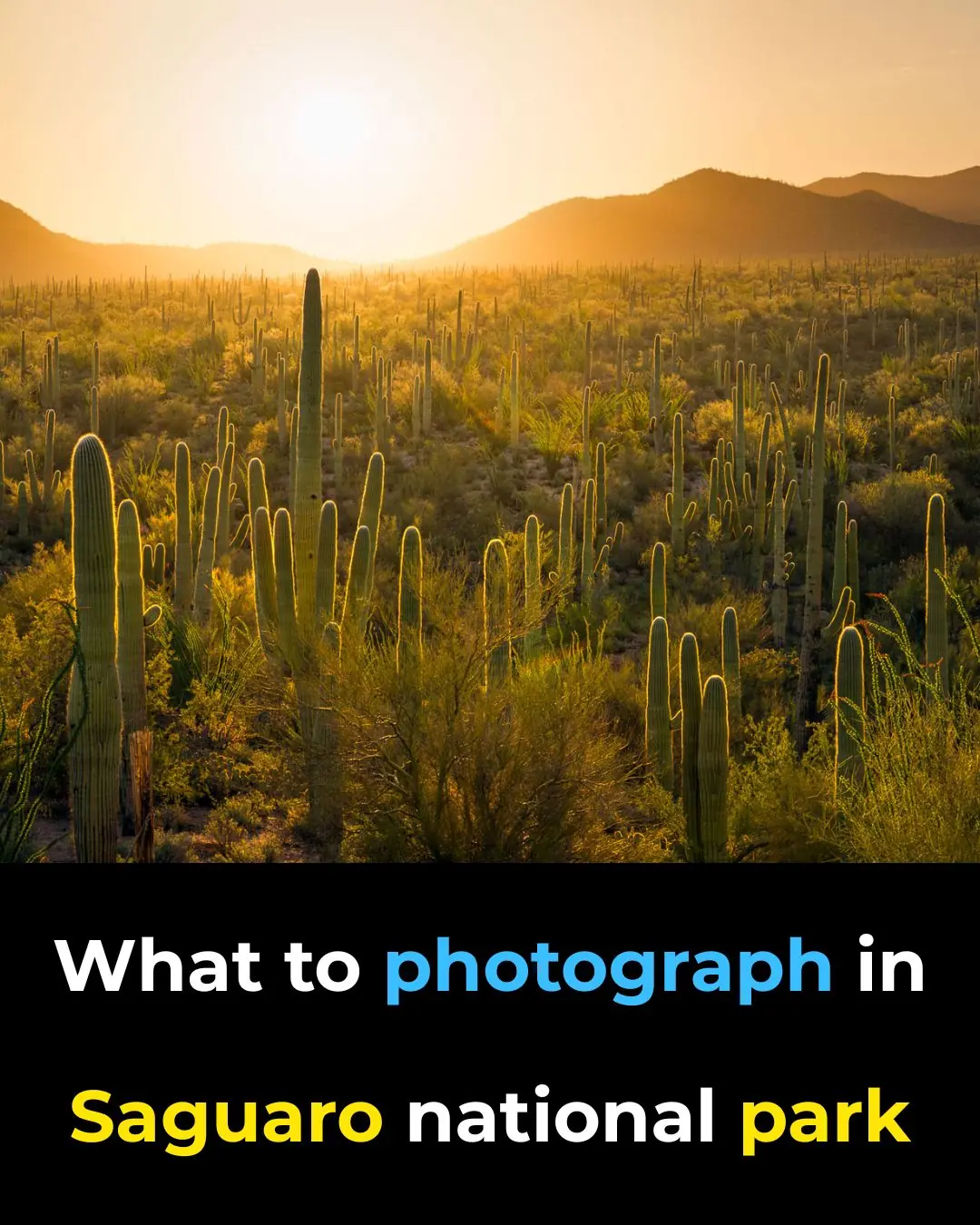
What To Photograph In Saguaro National Park
News Post

Ginger, Soursop, Sorrel, and Turmeric – The Miracle Drink

Kyllinga brevifolia (Rottb): Benefits and How to Use It

Purslane: The Superfood That Tastes Better Than Meat – 7 Reasons to Grow It in Your Garden

Papaya releases a milky sap, but most people don’t realize how important it is

Discover The Miraculous Benefits of Moringa

Bryophyllum Calycinum (Kalanchoe Pinnata): Benefits and Uses

How to Quickly Get Rid of Bed Bugs, Cockroaches, Fruit Flies, and Other Insects Using Natural Ingredients

Fig Leaves: Surprising Benefits and Uses

BREAKING NEWS 🚨 Due To This Hunter’s Moon Earth Will Be Completely…See More

BREAKING NEWS 🚨 Due To This Hunter’s Moon Earth Will Be Completely…See More

BREAKING NEWS 🚨 Due To This Draconid Meteor Shower Earth Will Be Badly Effected Because…..See More

BREAKING NEWS 🚨 Due To This Hunter’s Moon Earth Will Be Completely…See More

Almost 30,000,000 Apple and Samsung users could claim part of huge £480,000,000 payout

Xbox users all say same thing following GameStop's decision to keep Xbox Gamepass at $19.99

Apple just added a new app to iPhone with iOS 26 and most people have no idea

Creators of ChatGPT reveal 44 jobs at highest risk of being taken over by AI in future

Lard vs. Cooking Oil: Which Is Better? Many People Still Misunderstand This Issue

Miraculous: Placing an Orange Beside Your Bed Can Surprisingly Improve Your Health

If You See Someone With Prominent Blue Veins, You Definitely Need to Tell Them This—It Could Save Their Life
